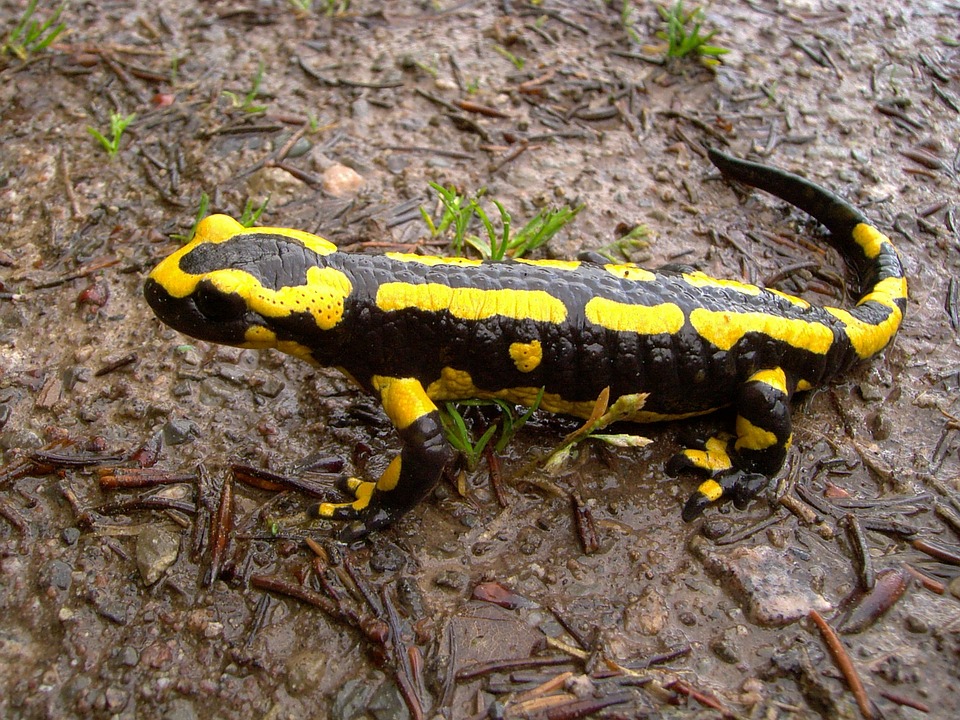Title: Emerald Enigmas: Exploring the Unexplored Facts about Tropical Rainforest Life
Introduction
Bathed in a myriad of green hues, the tropical rainforest, the earth’s most ancient and diverse ecosystem, is teeming with life and mystery. Embodying a world of rich and diverse vegetation, flora and fauna that abounds within its depths are a spectacle that ever-challenges our understanding. This article will explore some untapped aspects of the forest life, unfolding various Emerald Enigmas.
A Rainforest Symphony
One idiosyncrasy is the incredible symphony that plays out each day in the rainforest. Virtually every creature is in tune with the rhythm of nature. However, this incessant symphony never fails to enthral and baffle visitors. Did you know that the sounds play a crucial role in communication and survival? Frogs use their croaks to call out for mates, while birds communicate through unique songs, with some even conveying warning signals to their kin.
Canopy Layer Labyrinth
The layers and vertical stratification of the rainforest are akin to a sprawling city, housing diverse species across different levels. The emergent layer, forest canopy, understorey layer, and forest floor each serve as a habitat for unique organisms. The canopy alone, with its virtually endless layers, is home to more than half the world’s species.
Unseen Yet Sensational
In spite of being in plain sight, some rainforest creatures are virtually invisible. The glass frog, for example, possesses translucent skin that renders it almost invisible to the onlooker. Similarly, the goliath birdeater tarantula has a grey camouflage that makes it difficult to spot even in the rainforest’s verdant expanse.
Unknown Cures and Medicinal Wonders
The unexplored rainforest holds a vast potential for medical advancements. Current research suggests that many unknown plants and animals might hold the key to various cures for diseases, which remain undiscovered due to various challenges in exploring the rainforest.
Unprecedented Survival Techniques
Many rainforest animals adopt unconventional survival strategies. For instance, some snakes can climb trees and even glide between branches! Another intriguing feat is that the capybara, a rodent, has a walking style almost jump-like.
The Intrigue of Rainforest Decomposition
Rainforest soil is surprisingly nutrient-poor despite being enriched by decomposing plant matter. An amazing fact is that decomposers like fungi and bacteria are so meticulous in their work that they break down dead plants and animals almost immediately, leaving little for nutrient-enrichment of the soil.
The Puzzling Insect Variety
The sheer scale of insect variety in the rainforest is astounding; it is estimated that there could be millions of insect species yet unknown to humans. Considering the countless extraordinary stories these species may hide, the potential for new discoveries indeed seems endless.
Image: A representation of the rainforest showing its various layers, diverse species and uncharted territory.
FAQs:
Q: Do rainforest animals communicate only through sounds?
A: No. While many species communicate using vocal cues, others rely on scent, body language, or even color.
Q: Why are some rainforest animals so vivid?
A: Vibrant colors in animals are often used for camouflage, as a warning, or during courtship rituals.
Q: What are some of the challenges in preserving rainforests?
A: Logging, mining, urbanization, climate change, and illegal wildlife trafficking are some major threats.
In conclusion, the tropical rainforest, brimming with life and secrets, continues to reveal fascinating facts and phenomena. Each exploration uncovers yet another enigma, showing that our understanding of this magnificent world is a journey, rather than a destination. The preservation and better understanding of the rainforest are vital for humanity’s knowledge and can foster innovative strides in various fields.



